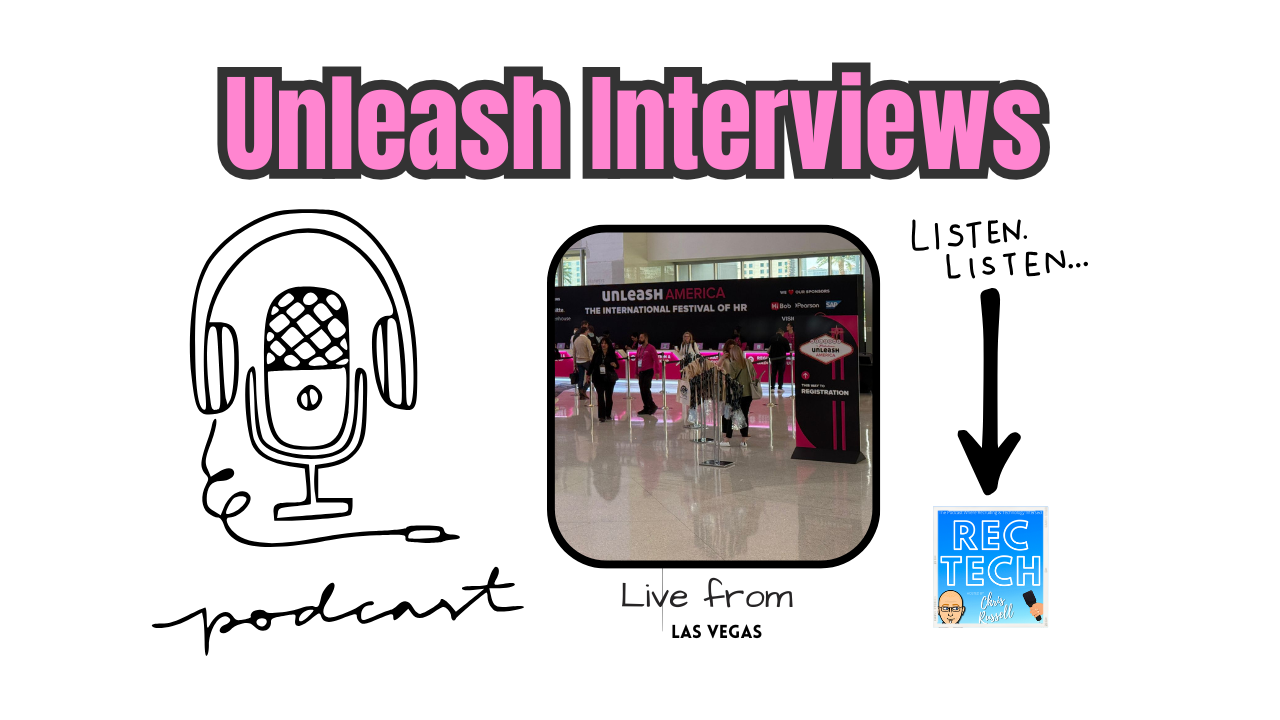Economist Andrew Flowers from Appcast discusses the slowing US job market, describing it as 'treading water'. He analyzes recent employment data, labor force participation trends, quit rates, and the impact on recruiting and talent acquisition in various sectors.
The US labor market is currently in a state of 'treading water', according to economist Andrew Flowers. In a recent interview, Flowers, the chief economist for AppCast, provided an in-depth analysis of the current job market, highlighting key trends and their implications for employers, recruiters, and the broader economy.
Flowers began by explaining the concept of 'treading water' in the context of job growth. He pointed out that while the addition of 139,000 jobs in May might seem acceptable on the surface, it actually represents the weakest level of job growth in over 13 years. The average monthly gains are now at their lowest since late 2011, signaling a significant slowdown in the labor market.
Diving deeper into the numbers, Flowers emphasized the importance of looking beyond the headline figures. He noted that the foundations of the recent job growth numbers are weaker than they appear, due to the concentration of growth in a few industries and downward revisions to prior months' data. This suggests that the labor market's engine may have some underlying issues that aren't immediately apparent.
One of the key points Flowers highlighted was the narrowing base of job growth across industries. He explained that the job market has been primarily driven by three sectors in recent years: healthcare, leisure and hospitality, and government. However, this foundation is now shrinking, with government jobs, particularly at the federal level, showing declines in recent months.
Healthcare remains a strong pillar of job growth, accounting for over a third of all job growth in the last two years. Leisure and hospitality have also been significant contributors as the sector continues to recover from the pandemic-induced downturn. However, Flowers expressed concern about the sustainability of growth in these sectors, citing potential impacts from tariff policies and changes in consumer spending patterns.
The economist also discussed the concept of the 'diffusion index', which measures the proportion of industries adding jobs versus those shrinking. He noted that this index has reached its lowest point in the current cycle, indicating that job growth is becoming increasingly concentrated in fewer industries.
Turning to labor force participation, Flowers explained that the rate for prime-age workers (25-54 years old) has slipped to 83.4%. While this is still higher than pre-COVID levels, it represents a decline from recent peaks. He attributed the post-COVID increase in labor force participation to two main groups: prime-age women, whose participation is at an all-time high, and foreign-born workers.
However, Flowers expressed concern about the future trajectory of labor force participation, particularly in light of potential changes to immigration policies. He suggested that restrictions on immigration could lead to a shrinking talent pool, posing challenges for recruiters and talent acquisition professionals even if the economy weakens.
The conversation then shifted to quit rates, which have seen a significant change from the 'Great Resignation' period of 2021-2022. Flowers described the current situation as the 'Great Stay', with quit rates now lower than pre-COVID levels. This indicates that workers are less inclined to leave their current jobs, possibly due to concerns about the future economic outlook.
Interestingly, Flowers pointed out that hire rates are also at their lowest point in over a decade. This has created a somewhat frozen labor market, where employers are neither hiring nor firing much, and job seekers are staying put. He noted that roughly two-thirds of all hiring in the US is done to backfill positions where someone has left, rather than to create new positions.
Regarding the impact on job advertising and programmatic recruitment, Flowers suggested that the weakening job market could lead to a dip in recruiting costs. He explained that AppCast's data-driven approach to job distribution and optimization is well-suited to navigate the current environment of high uncertainty, as it can identify talent gaps and mismatches between demand and supply for specific roles in specific markets.
Flowers also addressed the surge in job applications that many employers are experiencing. He attributed this to two main factors: the difficulty new entrants to the job market face in finding employment, leading them to apply to more positions, and the rise of generative AI tools that enable job seekers to apply to multiple positions at scale.
Looking ahead, Flowers discussed the potential for 'peak staffing' in various industries. He noted that job postings for HR roles and other 'white-collar' or 'sitting down' jobs are significantly down compared to pre-COVID levels. While some of this may be due to increased efficiency and automation, Flowers primarily attributed it to the overall depression in white-collar hiring due to high interest rates.
However, he expressed optimism that these roles would eventually rebound when interest rates begin to decline. He emphasized that the current focus on hiring for 'standing up' jobs in sectors like healthcare, leisure and hospitality, and construction is largely due to the immediate return on investment these roles provide in a high-interest-rate environment.
In conclusion, Flowers painted a picture of a job market that is indeed 'treading water' - not drowning, but certainly facing challenges. The concentration of job growth in fewer sectors, the decline in labor force participation, and the frozen state of the job market all point to a period of transition and uncertainty. For recruiters and talent acquisition professionals, this environment demands adaptability, data-driven strategies, and a keen understanding of the evolving dynamics of the labor market.
As the economy continues to navigate these choppy waters, it will be crucial for employers and job seekers alike to stay informed about these trends and adjust their strategies accordingly. The insights provided by economists like Andrew Flowers offer valuable guidance for those looking to make sense of the complex and ever-changing landscape of the US job market.









